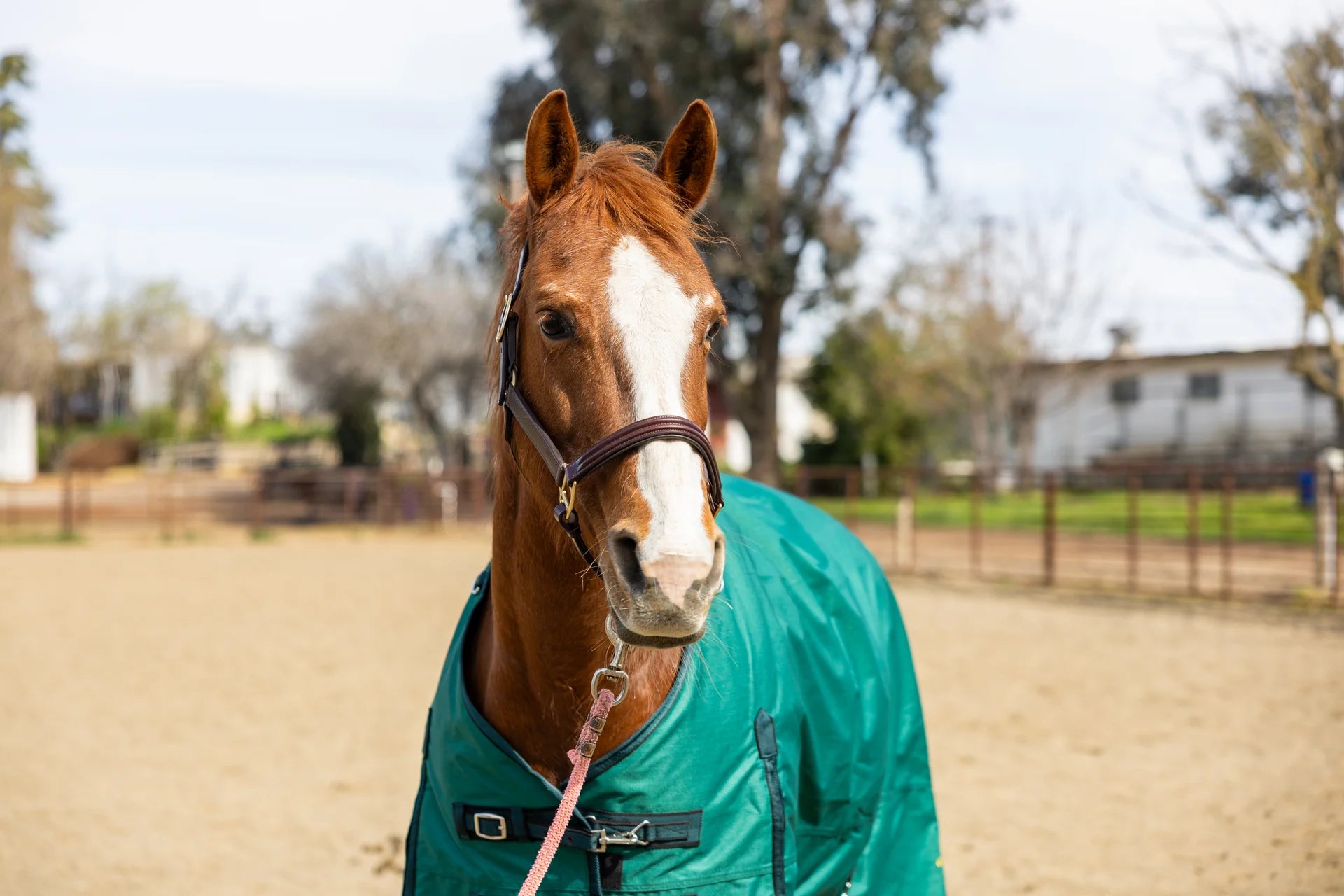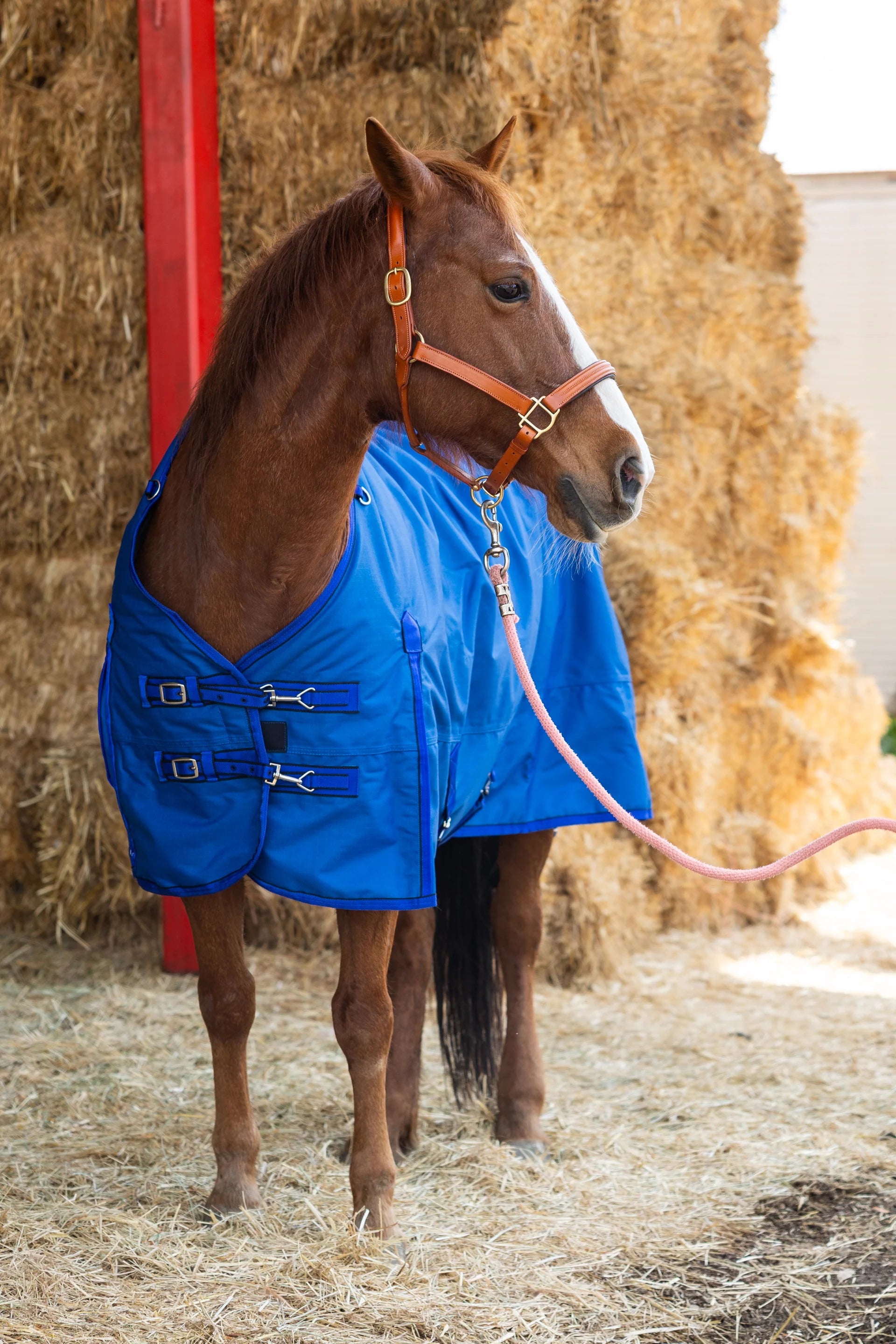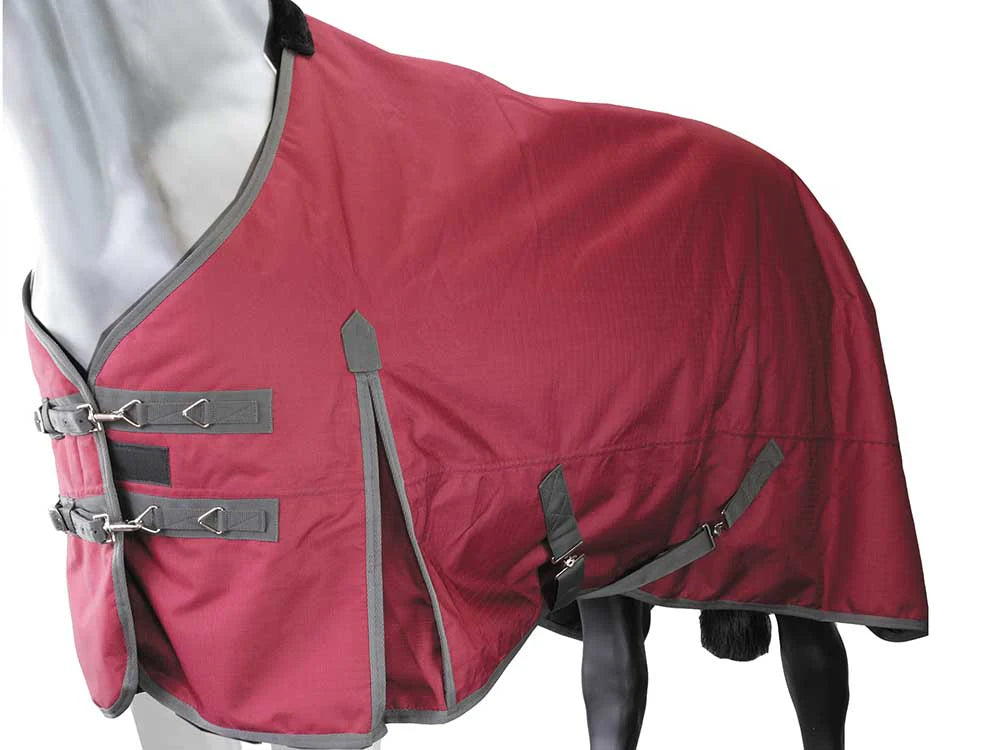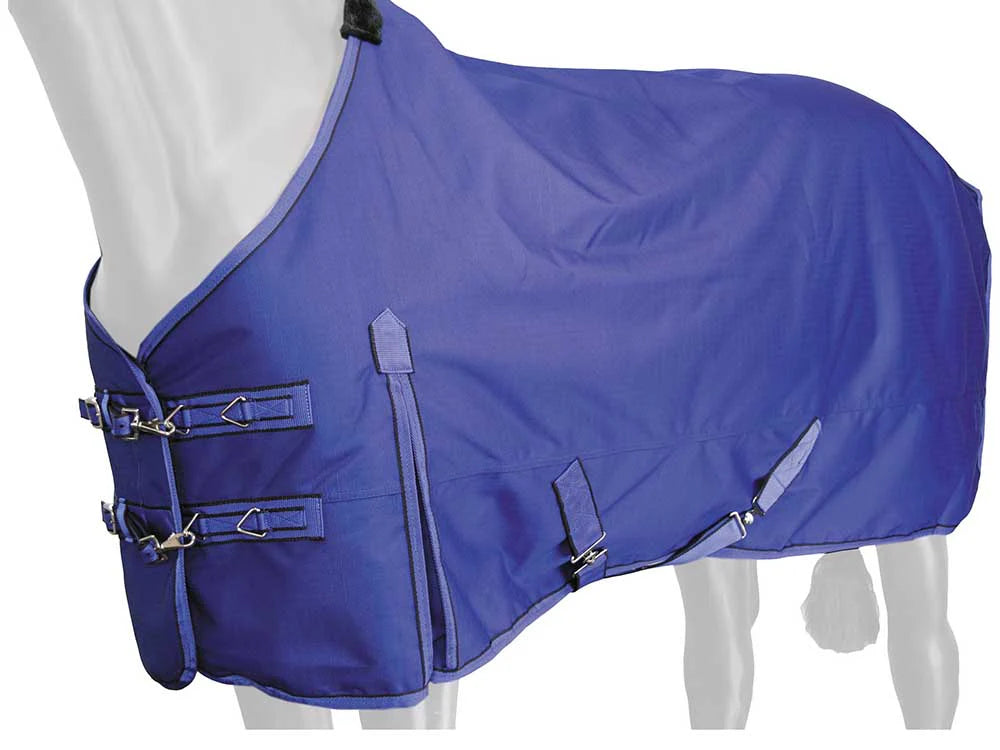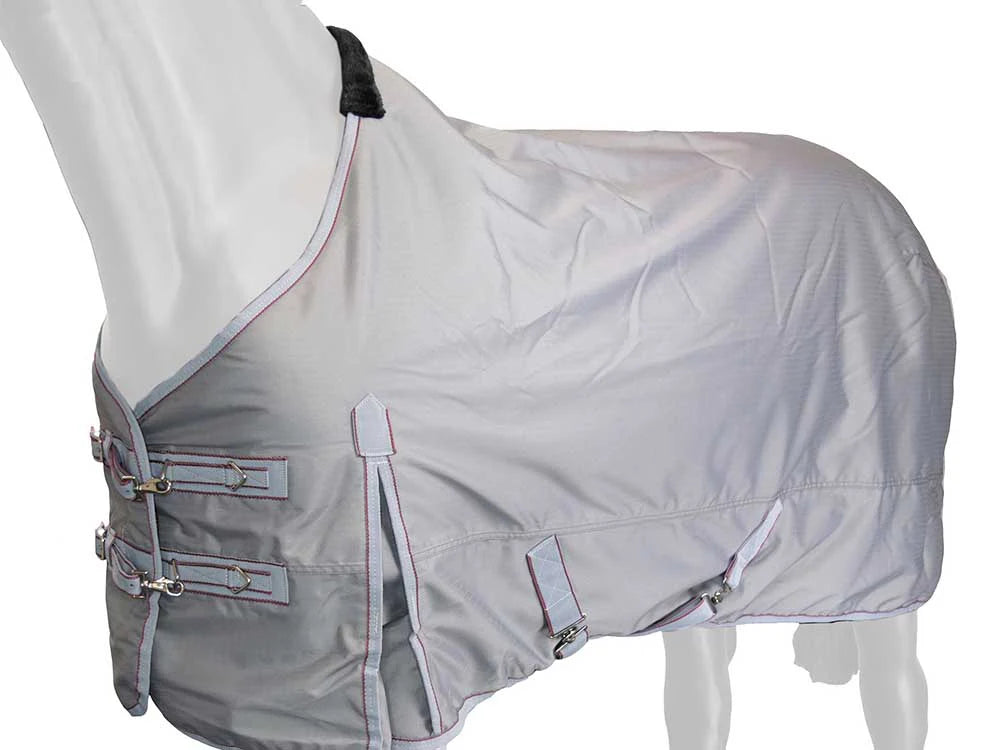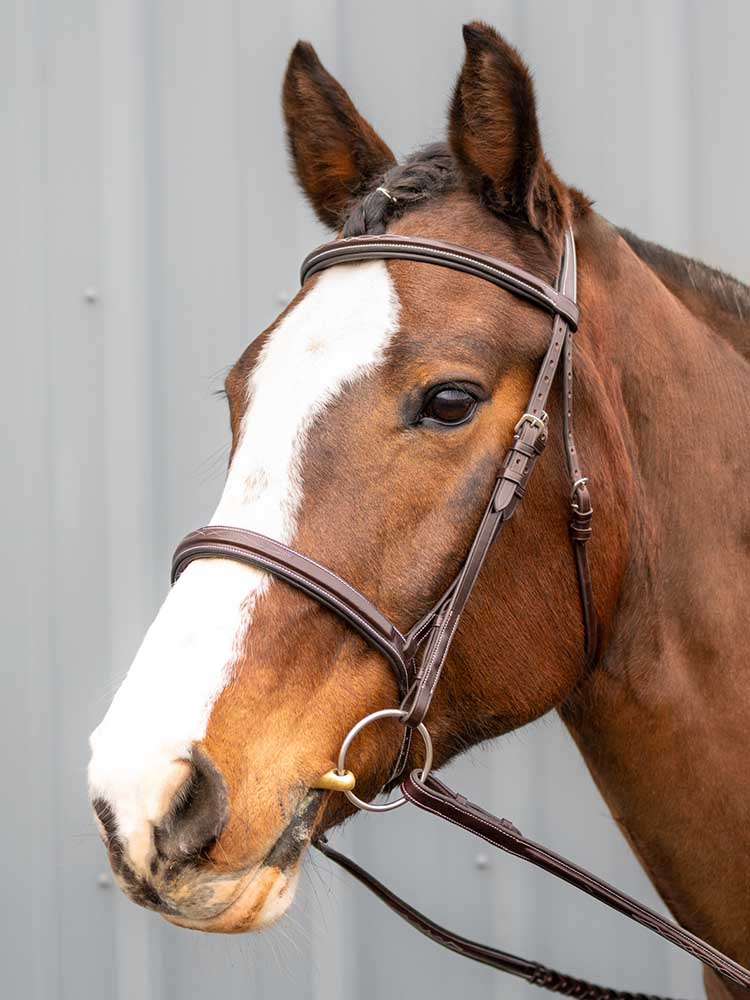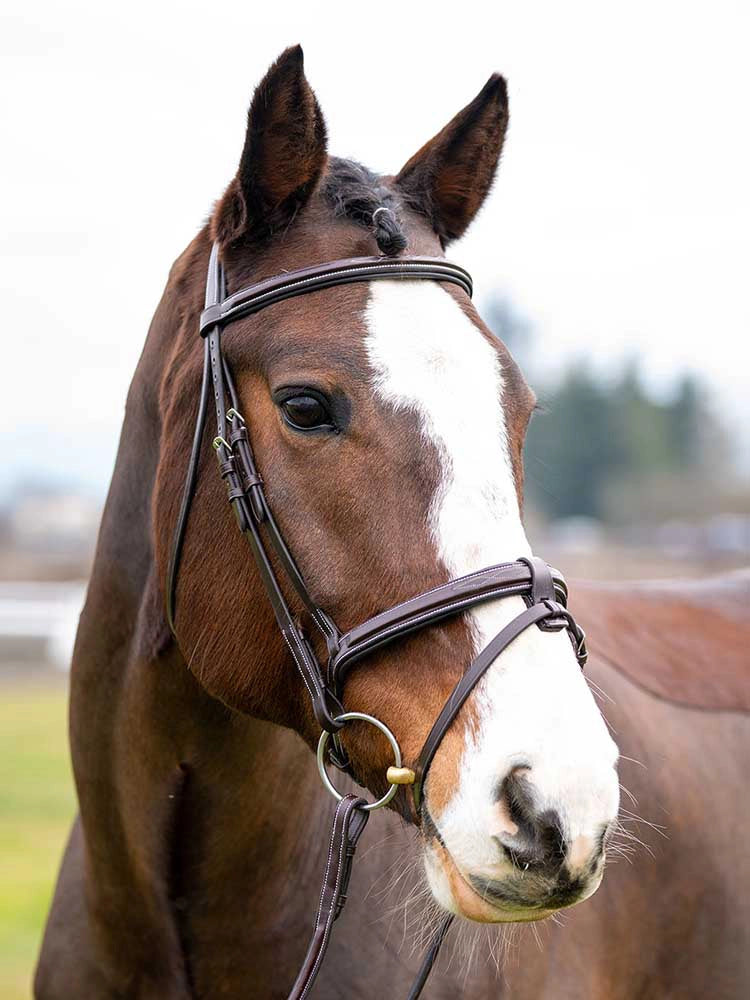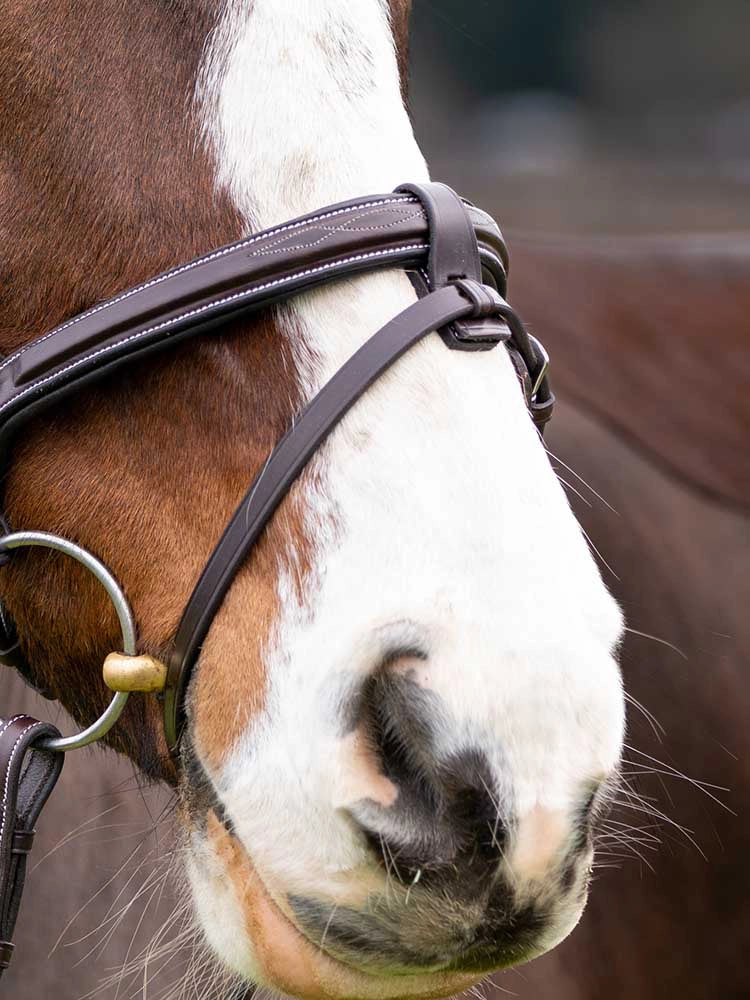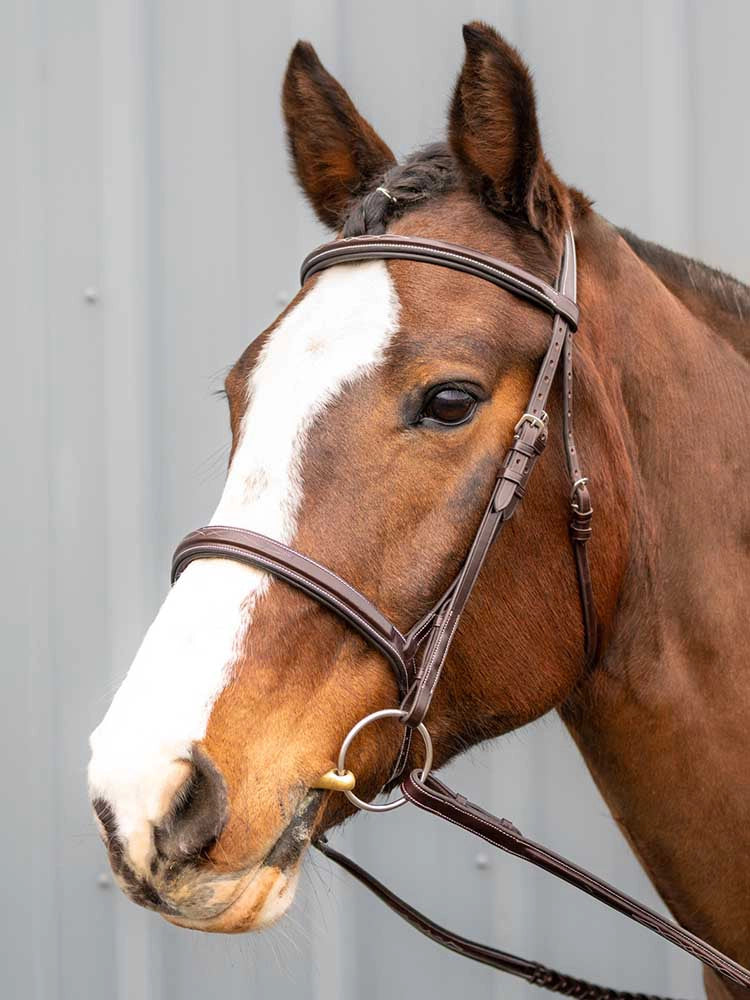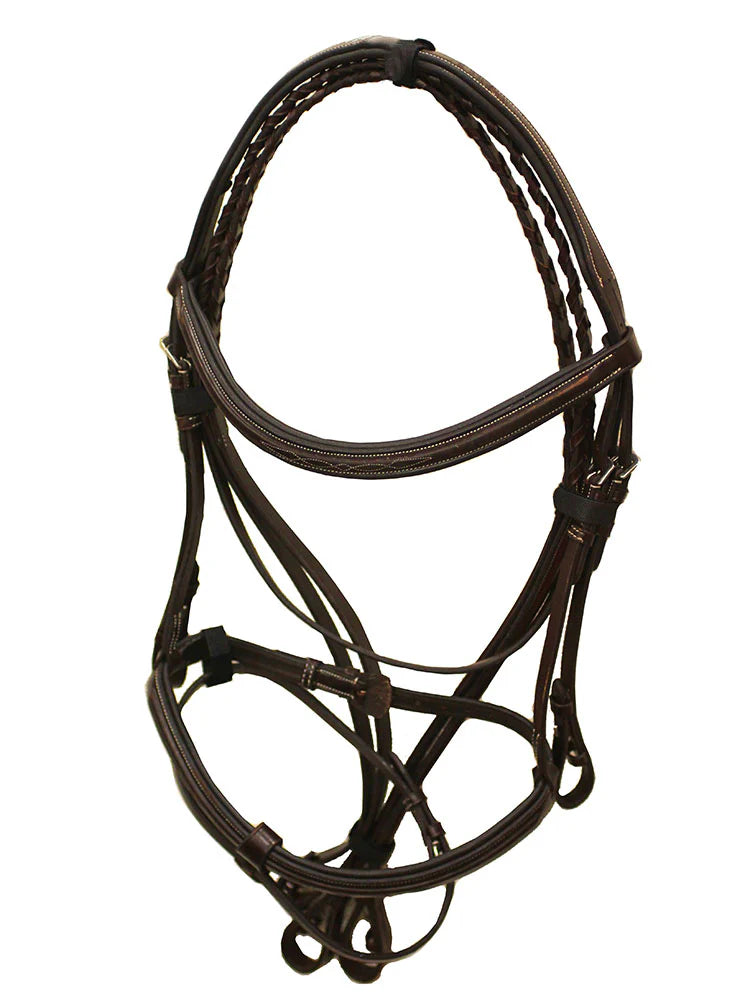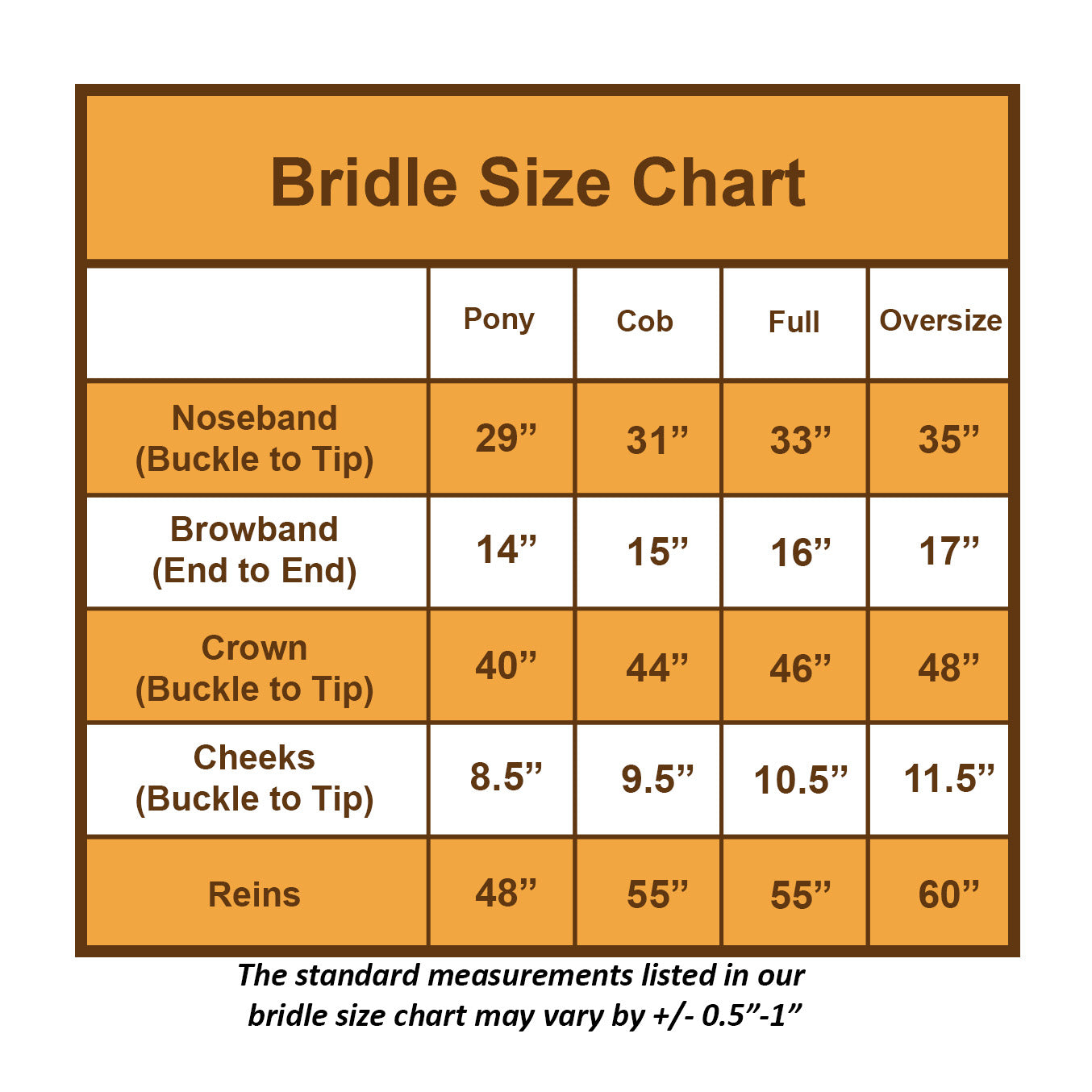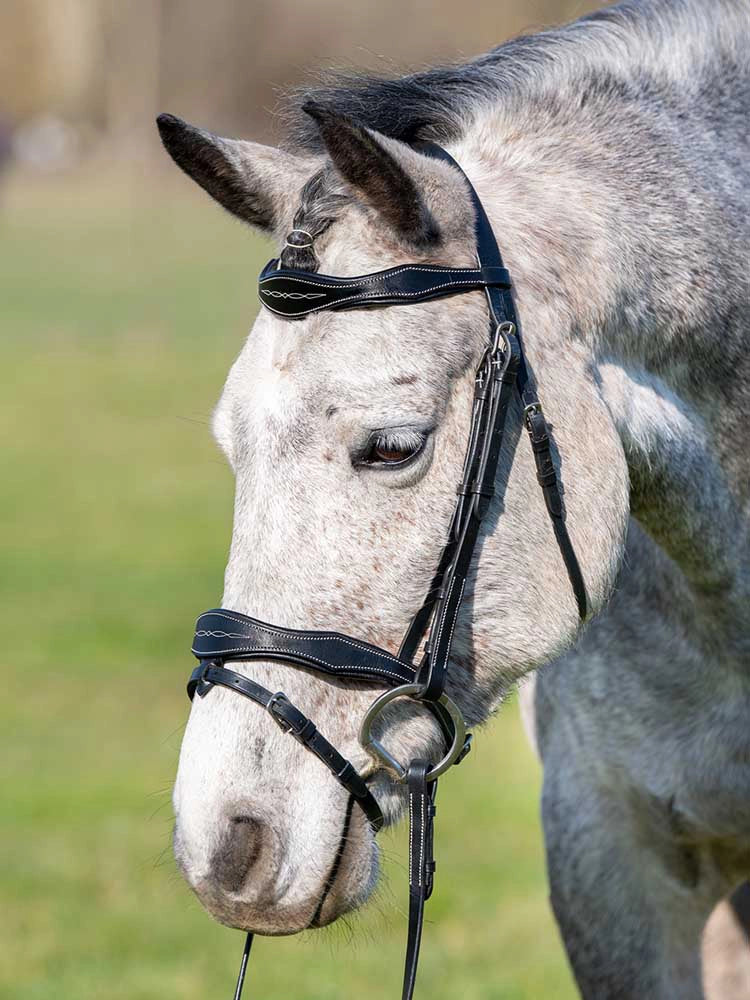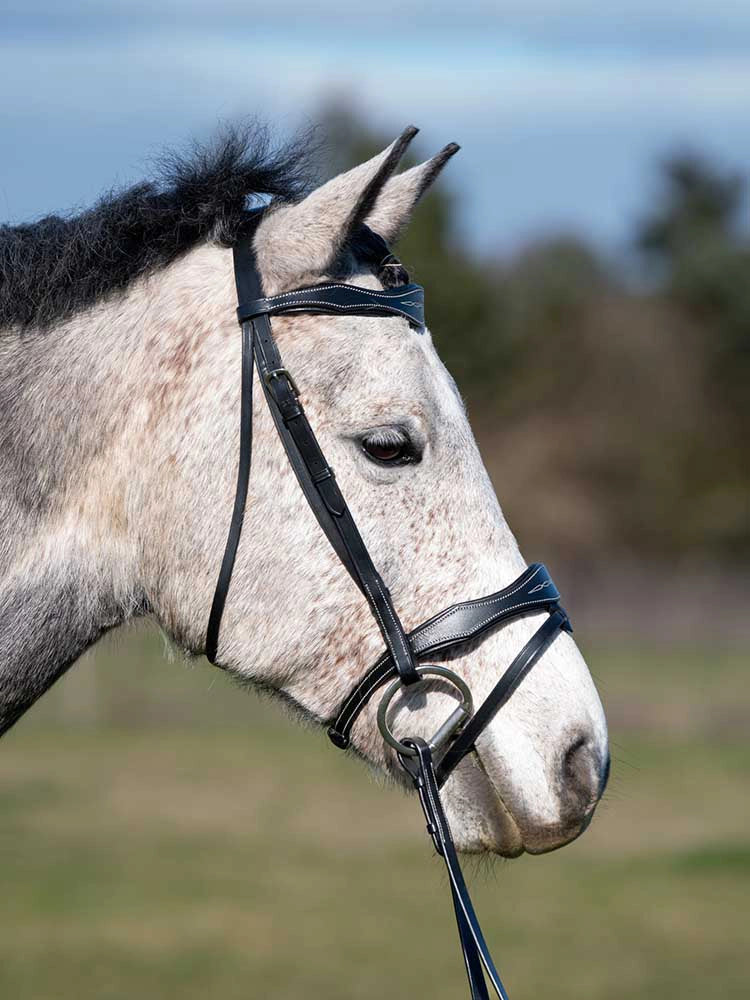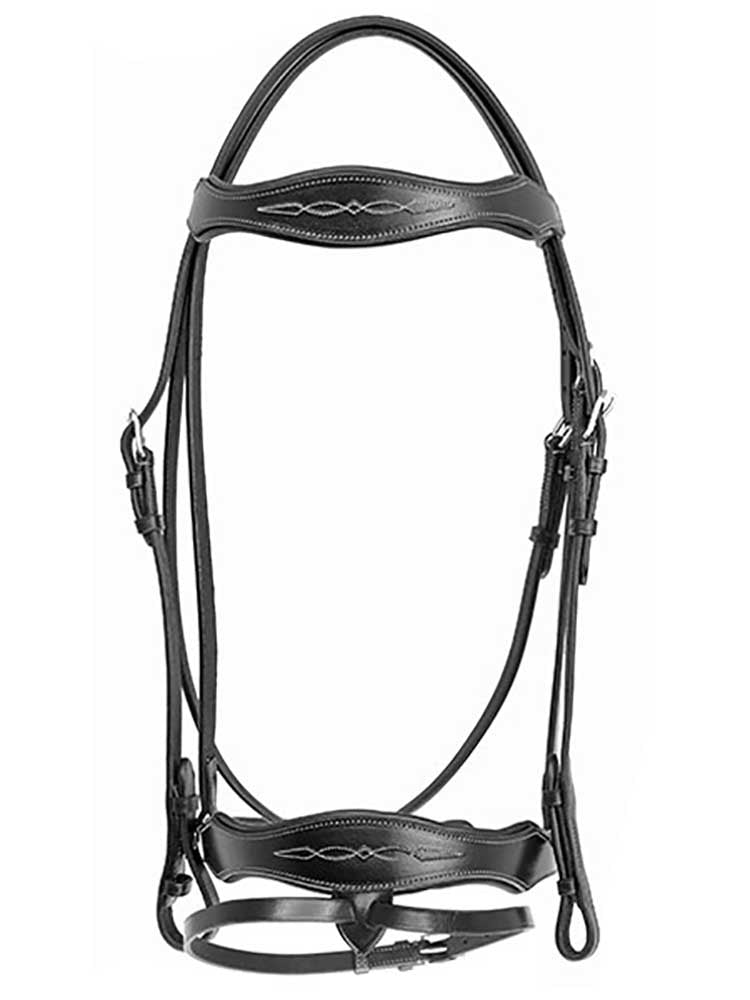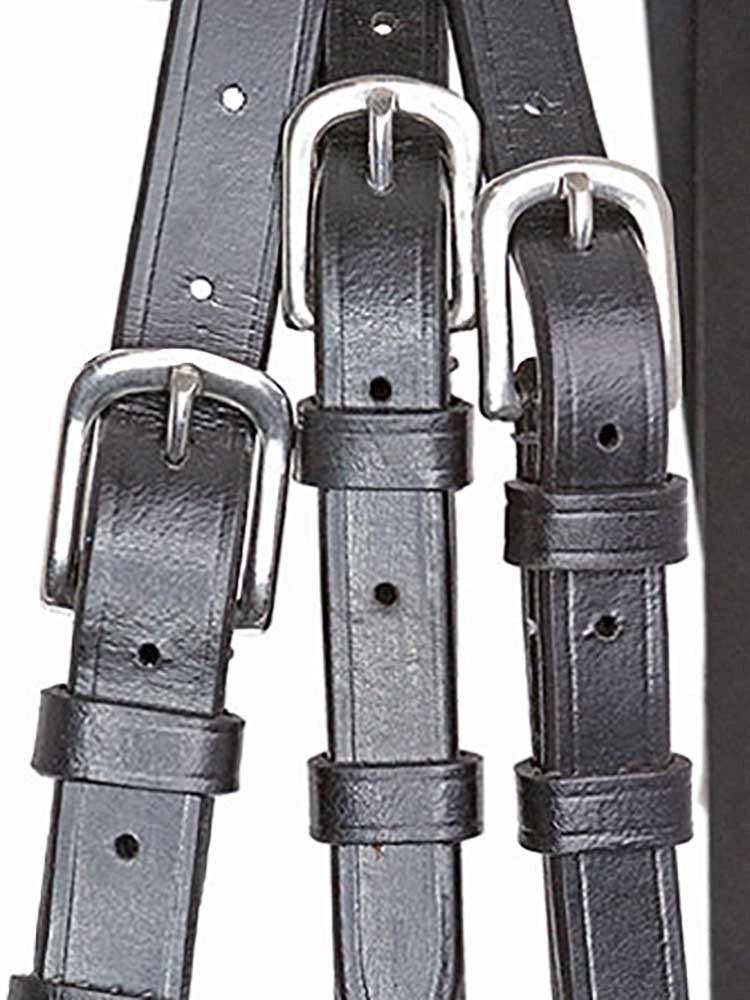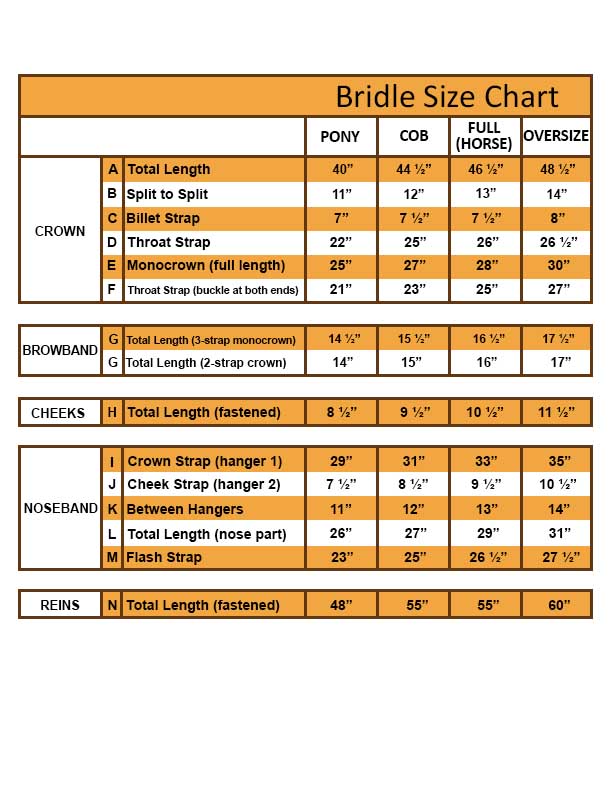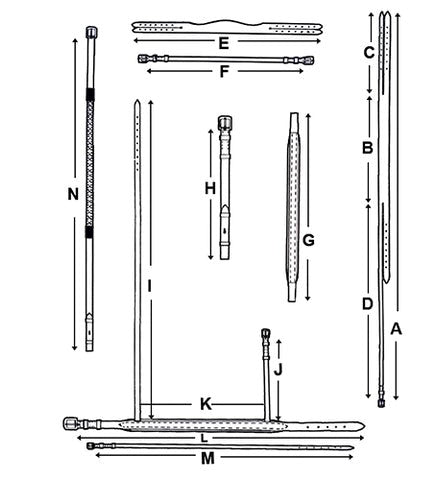Summer brings warm weather and with it, pesky flies that can irritate your horse and cause stress or injuries. Fly boots are an essential piece of turnout gear that protect your horse’s legs from biting insects, harmful UV rays, and debris. In this guide, we’ll cover everything you need to know about fly boots, how to choose the right set, and tips for fitting and maintenance.
Why Fly Boots Are Important
Horses are constantly exposed to insects like black flies, horse flies, mosquitoes, and gnats. These pests cause irritation, leading horses to stomp, bite, or rub their legs; sometimes causing injuries, loosening shoes, or creating stress. Fly boots act as a physical barrier, preventing bites, protecting the legs from UV rays, and keeping legs clean during turnout.
Key benefits include:
-
Reducing stomping that can cause leg and hoof stress
-
Shielding legs from UV damage
-
Preventing dirt and burrs from irritating sensitive skin
-
Offering lightweight protection for healing injuries
Fly Boots vs. Fly Wraps: What’s the Difference?
Selecting the right fly protection starts with understanding your horse’s habits, environment, and preferences. Consider material, durability, fit, and whether your horse would benefit more from boots or wraps. A proper choice ensures maximum comfort and protection. While both fly boots and fly wraps serve to protect your horse’s legs, there are key differences:
| Feature | Fly Boots | Fly Wraps |
|---|---|---|
| Application Style | Slip over the leg like a boot, fastening with Velcro or elastic closures | Resemble bandages or leg wraps, requiring careful wrapping |
| Coverage | Provide consistent coverage from the coronet band up to below the knee or hock | Can be customized for injury protection or unique leg shapes |
| Ease of Use | Quick and easy to put on and remove, perfect for daily turnout | Offer precise coverage but are slightly more time-consuming to apply |
Fly boots are ideal for everyday insect protection, while fly wraps are better for injury care or customized coverage. Many horse owners keep both on hand depending on their horse’s needs.
Features to Look for in Fly Boots
A good pair of fly boots should provide comfort, durability, and protection. Here’s what to consider:
-
Secure fit: Snug but not tight, to prevent rubbing or slipping
-
Full coverage: From the coronet band up to just below the knee or hock
-
Breathability: Lightweight mesh for airflow, preventing overheating
-
Durability: Can withstand rolling, playing, and turnout activity
-
Ease of cleaning: Machine washable or easy to rinse and air-dry
-
Comfort: Soft lining or padding to prevent irritation
Choosing the Right Fly Boots for Your Horse
Some horses need a snug, fitted fly boot to prevent removal during play, while others do better with a looser, non-fitted style that allows more airflow. Knowing your horse’s tendencies will help you select the right type.
Fly boots and wraps come in mesh, fleece-lined, and UV-protective fabrics. Many include reflective straps, elastic inserts, or stays to keep them in place. Choosing the right material and features ensures your horse stays comfortable while being fully protected.
Consider your horse’s specific needs:
-
Durability: Essential for turnout and active horses
-
Material: Mesh provides airflow and insect protection; some include fleece for extra comfort
-
Fit and shape: Fitted boots hug the leg and are harder to remove; non-fitted boots allow more airflow
-
Special designs: Some fly boots, like zebra-patterned or tapered “shadow” boots, deter insects visually
How to Properly Fit Fly Boots
A proper fit is key to effectiveness and comfort. Learn how to measure your horse’s cannon bone, fetlock, and overall leg length to ensure boots or wraps stay secure without rubbing or causing irritation. Proper fit ensures maximum protection and comfort:
-
Measure your horse’s cannon bone circumference and length
-
Measure fetlock circumference for lower-leg fit
-
Check for gaps or rubbing
-
Measure front and back legs separately, as sizes can differ
-
Ensure boots are snug but allow some movement. Two fingers should fit comfortably at the top
Maintenance and Care for Fly Boots
Keeping fly gear clean and in good shape prolongs its life. Simple washing, air-drying, and careful storage prevent damage and help maintain comfort and protection for your horse season after season.
-
Use boots only when needed to avoid unnecessary wear
-
Fasten all closures before washing
-
Machine wash on gentle cycle or hand wash with mild soap
-
Air dry; avoid dryers
-
Store in a breathable bag in a dry environment
Common Questions Around Fly Boots
Do fly boots work?
Yes, they reduce insect bites, stress, and damage.
How do I put them on?
Match the boot to the leg, adjust straps evenly, and ensure a snug but comfortable fit.
When does my horse need them?
During insect-heavy months or anytime legs are at risk of irritation, injury, or excessive stomping.
Protect your horses’ legs with fly boots
Fly boots are an essential tool for keeping your horse comfortable, safe, and stress-free during warmer months. With the right fit, material, and care, your horse can enjoy turnout without worry. Whether using fly boots for everyday protection or fly wraps for extra coverage, you can ensure your horse stays happy and healthy.








